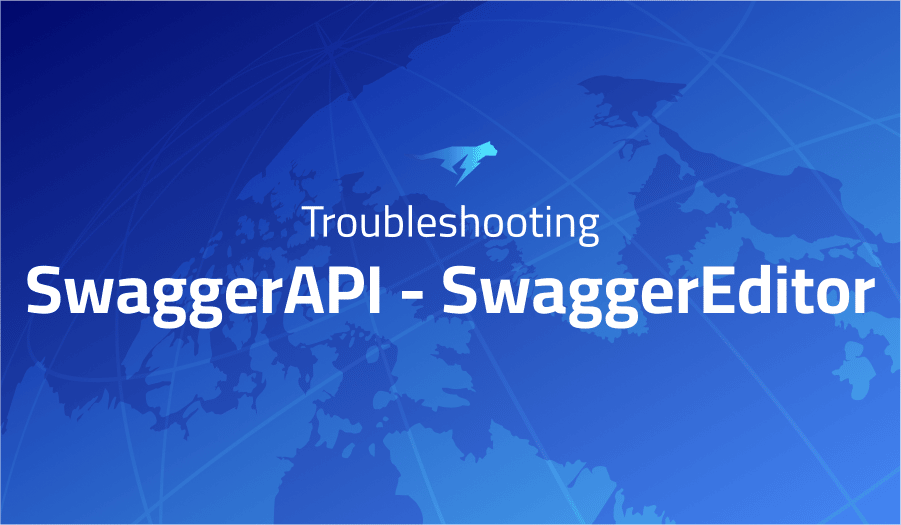

Troubleshooting Common Issues in SwaggerAPI Swagger Editor
Project Description
Swagger Editor is a powerful tool for designing and developing API specifications. It is a web-based application that allows users to create, edit, and test OpenAPI (formerly known as Swagger) specifications using a user-friendly interface. The editor is built on top of the open-source Swagger UI tool and supports the creation of API specifications in both the OpenAPI 2.0 and 3.0 formats.
One of the key features of Swagger Editor is its real-time validation, which ensures that the API specification being developed is syntactically correct and follows best practices. This helps to catch errors early in the development process and ensures that the resulting API is of high quality. Additionally, Swagger Editor includes syntax highlighting, which makes it easier to read and understand the specification being developed.
Another useful feature of Swagger Editor is its ability to automatically generate documentation for the API. This documentation can be used to help developers understand how to use the API and can also be used as a reference for consumers of the API. Overall, Swagger Editor is an essential tool for any developer working on API projects and is widely used in the industry.
Troubleshooting SwaggerAPI Swagger Editor with the Lightrun Developer Observability Platform
Getting a sense of what’s actually happening inside a live application is a frustrating experience, one that relies mostly on querying and observing whatever logs were written during development.
Lightrun is a Developer Observability Platform, allowing developers to add telemetry to live applications in real-time, on-demand, and right from the IDE.
- Instantly add logs to, set metrics in, and take snapshots of live applications
- Insights delivered straight to your IDE or CLI
- Works where you do: dev, QA, staging, CI/CD, and production
Start for free today
The following issues are the most popular issues regarding this project:
using $ref under a path fails for parameters
If you are using the $ref keyword to reference a parameter object in your OpenAPI specification, and you are encountering an error when using it in the parameters field of a path object, there are a few things you can try to troubleshoot the issue.
First, make sure that the parameter object being referenced is defined correctly and is located in a valid location in the specification. The $ref keyword should be followed by a string that specifies the location of the referenced object, using JSON Pointer notation. For example, if the parameter object is located at the root of the specification, the $ref value might be #/parameters/myParameter.
If the parameter object is defined correctly, the next thing to check is the structure of the parameters field in the path object. According to the OpenAPI specification, the parameters field should be an array that contains a list of parameter objects or $ref objects that reference parameter objects. Make sure that the $ref object is included in this array and that it is properly formatted as a JSON object.
If you have checked these things and are still experiencing issues, there may be other problems with your specification that are causing the error. You may want to try validating your specification using a tool such as the Swagger Validator to identify any other issues that may be causing the error.
JSON References resolve base path – version 3
If you are using Swagger Editor to design an OpenAPI specification and you are encountering an issue with JSON References not resolving correctly when using a base path and version, there are a few steps you can take to troubleshoot the problem.
One potential cause of this issue is a misconfigured servers field in the specification. In OpenAPI version 3, the servers field is an array that specifies the base paths for the API. If this field is not correctly defined or if it is using an incorrect base path, JSON References may not resolve correctly.
To solve this problem, you will need to review the servers field in your specification and ensure that it is correctly defined. The url field in each server object should specify the base path for the API, and should include the version of the API if you are using a versioned base path. For example, a server object with a base path of /v1 might have a url field of https://example.com/v1.
If the servers field is correctly defined and you are still experiencing issues with JSON References not resolving, you may want to try validating your specification using a tool such as the Swagger Validator to identify any other issues that may be causing the problem.
More issues from SwaggerAPI repos
Troubleshooting swaggerui | Troubleshooting swagger-core | Troubleshooting swagger-parser
It’s Really not that Complicated.
You can actually understand what’s going on inside your live applications.




